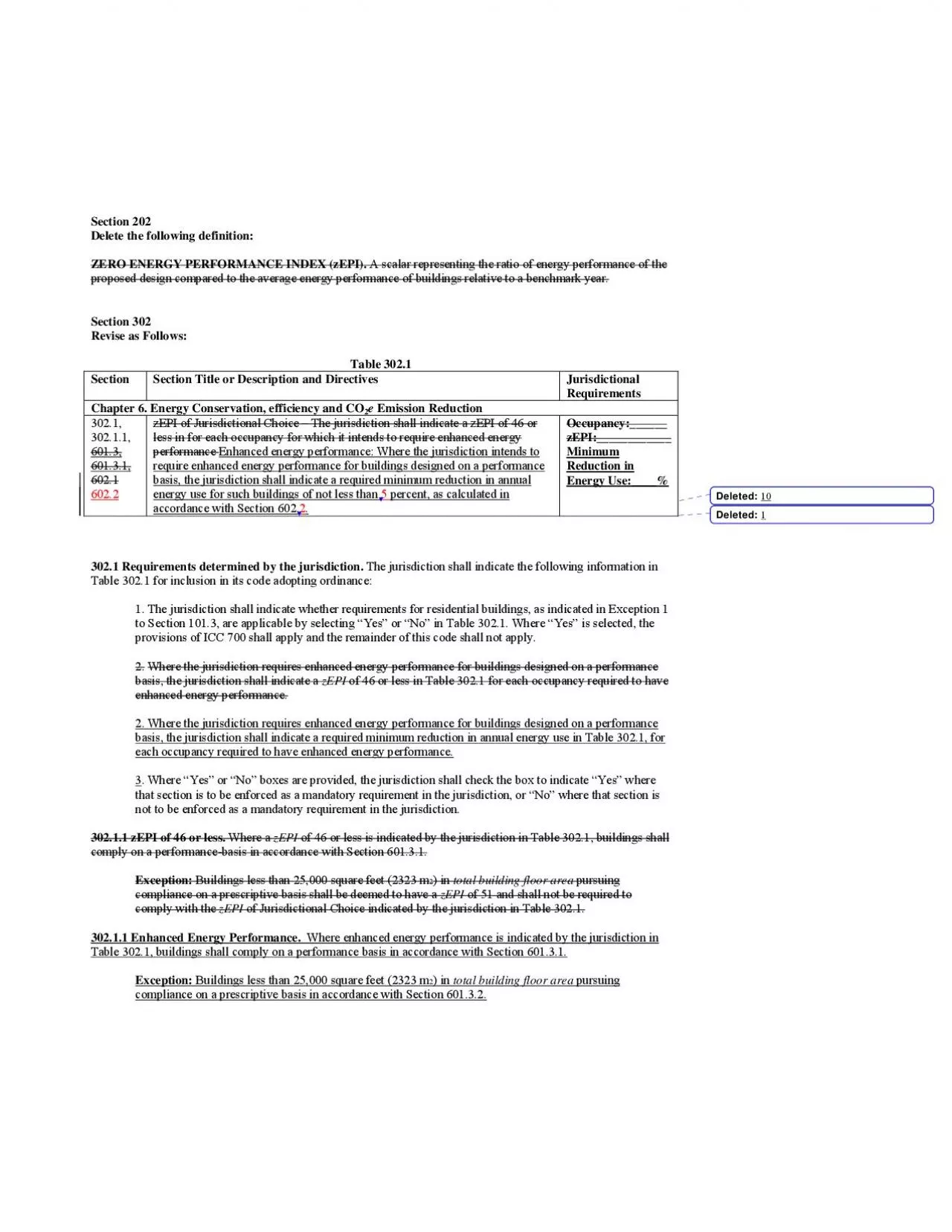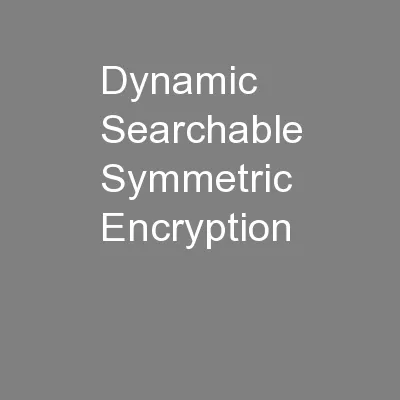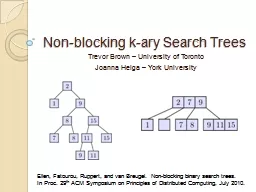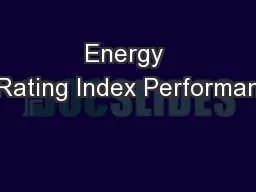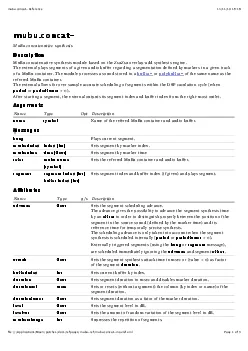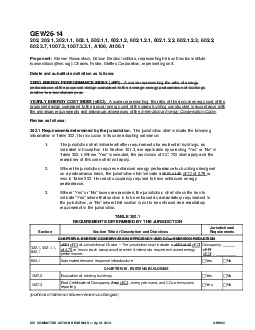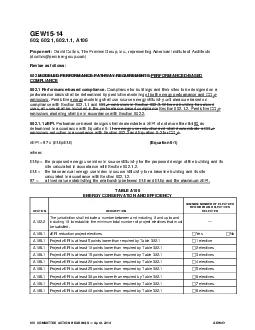PDF-Delete the following definition ZERO ENERGY PERFORMANCE INDEX zEPI A s
Author : bitsy | Published Date : 2021-09-15
proposed design compared to the average energy performance of buildings relative to a benchmark year Revise as Follows Table 3021 Section Section Title or Description
Presentation Embed Code
Download Presentation
Download Presentation The PPT/PDF document "Delete the following definition ZERO ENE..." is the property of its rightful owner. Permission is granted to download and print the materials on this website for personal, non-commercial use only, and to display it on your personal computer provided you do not modify the materials and that you retain all copyright notices contained in the materials. By downloading content from our website, you accept the terms of this agreement.
Delete the following definition ZERO ENERGY PERFORMANCE INDEX zEPI A s: Transcript
Download Rules Of Document
"Delete the following definition ZERO ENERGY PERFORMANCE INDEX zEPI A s"The content belongs to its owner. You may download and print it for personal use, without modification, and keep all copyright notices. By downloading, you agree to these terms.
Related Documents

